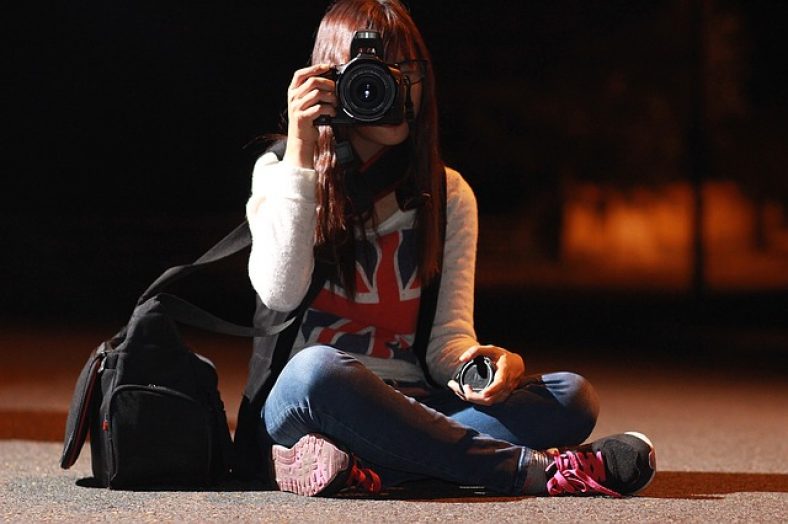You’ve landed in the right place if you’re seeking to improve your wedding photography at night expertise or trying out some new lighting equipment. Wedding photographers must plan for various uncontrollable events, ranging from bad weather to poor lighting conditions.
Experimenting with new approaches is a simple way to grow your photography business while preparing yourself for future flash photography problems. In light of this, the article entails well-researched flash photography recommendations to ensure that your next wedding event goes off without a hitch.
Beginning with the equipment you’ll require, flash photography requires both ability and the right equipment, experts propose.
Softboxes
Light modifiers called softboxes often diffuse and balance out the light from your flash. They also reduce the number of harsh shadows cast on your subjects. Softboxes come in various sizes, from enormous studio lighting sets to portable equipment that attaches to cameras, making them ideal for quick wedding photography.
Speedlight
Speed lights are compact, portable flashes that can be attached to cameras or mounted on light stands to backlight a scene and improve exposure. Because of their versatility and portability, they are ideal for photographers. Unlike a DSLR’s pop-up flash, a Speedlight can spin to provide a wide range of illumination options. They may also be readily coupled with a remote, making them a valuable tool for weddings.
Light Stands
You may be able to set up numerous flashes to light up all the space based on the wedding style. That’s where lighting plays a vital role in photography. You can avoid missing images due to exposure by strategically positioning off-camera lighting stands in dark-lit situations and using softbox companions.
Gels
Whenever using a flash, photographers employ colored gels for various purposes. You could use gel to color correct or add colorful hues to an image. The sheets are both useful and entertaining to be used by wedding photographers.
Top 6 flash photography tips
1. To reduce harshness, use the bounce flash effect
Direct flash can produce harsh illumination and shadows in some cases. You can avoid this by employing the bounce flash feature. Instead of focusing your flash straight at the subject, gently point it at the background ceiling or walls. This causes the flash to bounce off the walls before hitting your subject, creating a softer lighting appearance.
2. To balance the color temperature, use colored gels
Natural lighting could be tough to come by depending on the hallway. It’s your obligation as a photographer to be ready for every lighting condition. Colored gels are indeed a wonderful alternative for dealing with bright fluorescent lighting or dull yellow temperature illumination.
They make color correction in real-time easy for wedding photographers, reducing the time spent on video editing.
3. To Add Feelings, Use Flash Photography
Flash isn’t always required for practical purposes. However, you can use it to enrich images with emotion and creativity. Lighting can be used to enhance your creativity and differentiate your photographs. Experiment with the backlighting effect by placing the main light source behind the subject, unless you’re trying to find a new way to use your flash.
4. Softening flashlights with softboxes
Don’t be scared if you’re filming a nighttime outdoor wedding or a dark interior reception. With just a softbox and a Speedlight, combined with the natural atmosphere of the venue’s lights, you can take amazing photographs.
5. Add Motion with an exposure time
Long exposures may add movement and energy to your photographs, whether you’re documenting dance floor guests or sparklers. Longer exposures enable photographers to shoot a complete scene rather than just a single still image.
6. A Flash Isn’t Always Necessary
It’s important to remember that artificial lighting isn’t always required in a place. Before grabbing your flash, light stands, and softboxes, make sure the lighting is right. It’s possible that what you shoot will surprise you. When you have the opportunity, take advantage of natural light—it will produce beautiful shots and make the post-production process easier.
Use two flashes in opposing frame corners when you have more than one available. In the very same image, this will result in many sunbursts.
In conclusion
The video editing process is equally as crucial as shooting amazing photographs, mostly as a wedding photographer.
You’re ready for any lighting circumstance that crosses your path since you’ve mastered the flash photography pointers for both practicality and creativity!
